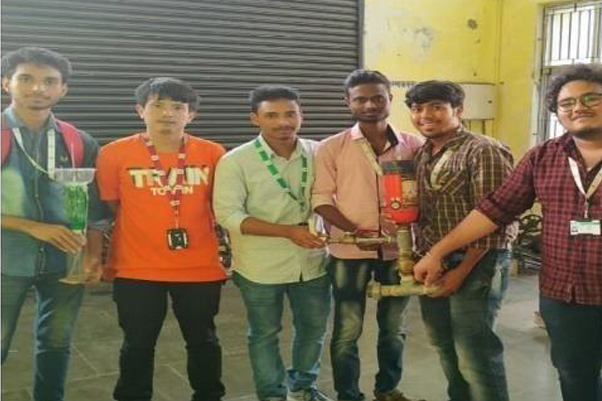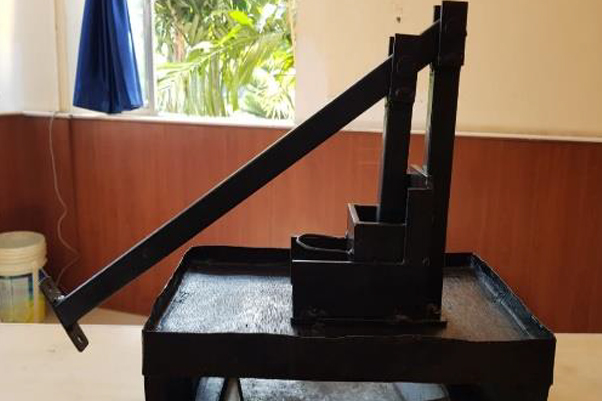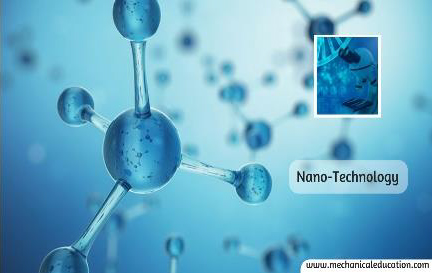The COVID-19 crisis has jolted the global economy with a pervasive impact on almost all sectors. It has triggered the announcement of a lockdown by several nations in an attempt to arrest the transmission risk of the disease. According to a UNESCO report, the pandemic will adversely impact over 290 million students across 22 countries due to the closure of schools in the wake of the lockdown. Extended school closures will not only weaken the fundamentals of students, but it will also lead to loss of human capital as well as economic opportunities in the long -run. According to the World Bank, its impact will be profound in countries where education is grappling with low learning outcomes and a high dropout rate. Several educational institutions had no choice but to embrace e-learning to sustain the momentum.
Over the past few years, e-learning has witnessed an uptick due to ubiquitous Internet connectivity, the proliferation of smartphones and significant advances in technology. The ongoing crisis should be perceived as an opportunity in disguise for online education. The e-learning overcomes geographical barriers and ensures equitable access to education. It also facilitates convenient, quick, on -the- go and 24×7 access. Numerous ed-tech firms have leveraged this opportunity to offer lessons in an interesting and interactive way to students. E-learning seems a viable solution at the moment to fill the void created due to the absence of classroom learning.
Fortunately, the Indian government has taken cognizance of the untapped potential of e-learning. The one-nation-one platform facility through the PM E-Vidya platform and a dedicated channel for students from Class 1 to Class 12 will liberalize distance and online learning regulatory framework. Moreover, emphasis on community radio, podcasts, and customized content for differently-abled will enable more inclusivity into access to education.
However, certain challenges need to be addressed to bring online education into the mainstream in India. Firstly, uninterrupted access to the Internet is yet to become a reality in Tier 3 and remote cities in India. Secondly, the absence of a comprehensive policy regulation leads to ambiguity over the operational framework. Also, online education needs to take cognizance of different learning pace of students and develop customized solutions for them. Moreover, the concerns of increased screen time, anxiety and stress triggered due to the continuous use of electronic devices also need to be addressed.
Although online education cannot replace classroom education due to the personalized nature of attention and face to face interactions, it can be an effective supplement to the brick-and-mortar model of education. There is a need to revamp the current pedagogy to seamlessly integrate online learning into mainstream education. Equally significant is the need to devise a quality benchmark for education providers. This will encourage the weaning away fly -by- the -night players in the field. So far, e-learning has proved a boon for urban areas. It should be further expanded to serve the rural and underserved hinterlands as well as differently-abled sections of society. New-age technologies such as Artificial Intelligence, Machine Learning, Virtual Reality among others can be instrumental in bridging the crucial gaps.
The ongoing COVID-19 crisis has presented an opportunity to rethink the deep-rooted classroom mode of education and underscored the significance of online learning. It has been a great leveller as it has enabled various stakeholders to collaborate and assess the gaps and shortcomings in the conventional model. The COVID-19 pandemic may be just the ‘tipping point’ for reform of the Indian education system.















